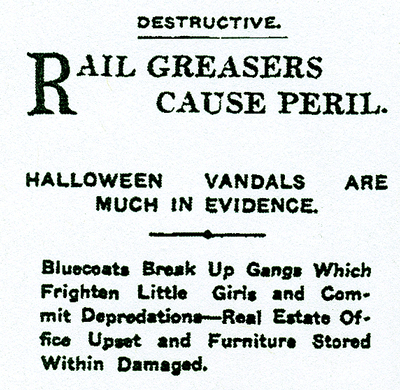November 6, 1907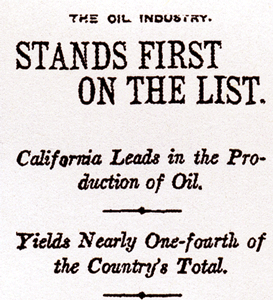
Los Angeles
Oil facts, you say? And you continue to comment, I thought this was a crime blog! Well, the way most people talk about oil companies, you’d think the SS was Toys for Tots. So it’s apropos, especially as we head into Tuesday and face the outcome of Proposition 87.
On this day in 1907, according to the US Geological Survey, the numbers were in: in 1906, California produced 23,098,598 barrels of oil. That’s more than Oklahoma and Kansas combined. (Texas came in with a paltry 12.5 million barrels.) Our oil came primarily from Kern River, Coalinga, Santa Maria, with Los Angeles finishing fourth. The value of California’s 23M barrels came in at 9.5M dollars ($194,973,917 USD 2005). One-sixth of that oil was exported to Japan, Chile, and the American Panama Canal Works.
Today, California is no longer number one (behind Louisiana, Texas and Alaska) but we’re far ahead of those dried-up old fields in Oklahoma and Kansas. In 2007 California should come in with about 274M barrels, over ten times that of 1907. And that, with a value of approximately 16.5B (804M USD 1907). And we’re at our lowest oil production since WWII.
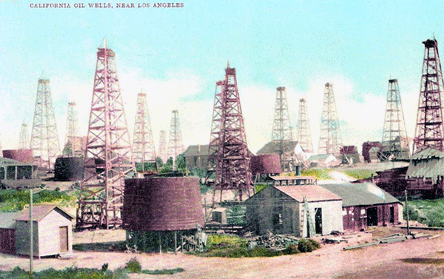
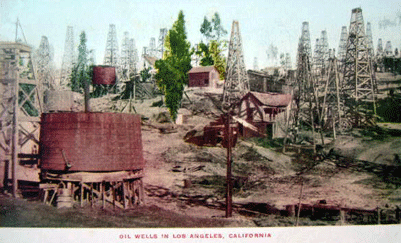

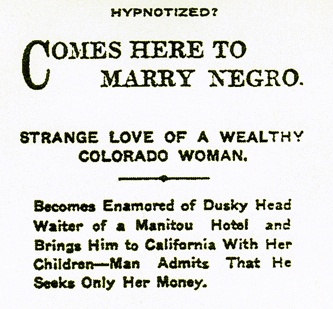

 Postscript – on November 10, “Humane Officer” Reynolds confessed that the sextet had given him the slip. After having secured Seay’s promise to stay away from the woman, Reynolds allowed Van Lakum to take the children in search of a cottage to rent—and disappeared.
Postscript – on November 10, “Humane Officer” Reynolds confessed that the sextet had given him the slip. After having secured Seay’s promise to stay away from the woman, Reynolds allowed Van Lakum to take the children in search of a cottage to rent—and disappeared. 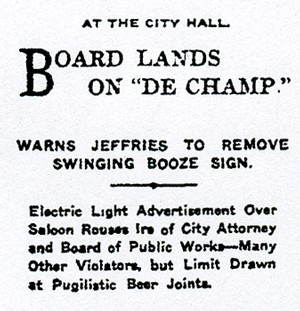

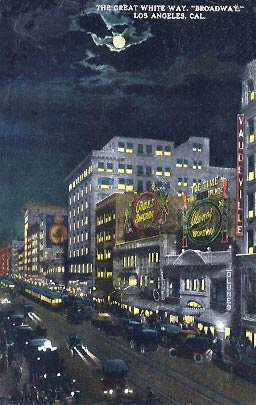 Here’s a vision of the future: electric signage along Broadway, ca. 1920, as pictured in, uh,
Here’s a vision of the future: electric signage along Broadway, ca. 1920, as pictured in, uh, 




